As robotics become more commonplace in the work environment, factory managers are discovering just how well robots and human employees can work together. In fact, the combination of autonomous mobile robots (AMRs) run by a fleet management system (FMS) and human workers can increase productivity, reduce workplace accidents and injuries and compensate for worker shortages.
Autonomous mobile robots are particularly effective for factory environments because they can take the place of human labor for jobs such as transporting materials. AMRs can do this more safely than forklifts manned by a human operator — thus reducing the likelihood of on-the-job injuries and death. Thanks to the efficiency of an FMS, AMRs work together to create a responsive warehouse that allows production to keep moving without congestion — even in high-traffic areas.
What Is a Fleet Management System?
If you’re using AMRs, the FMS, is the “brain” that keeps operations running smoothly. An FMS operates from the server and allows for the deployment of AMRs throughout a building, even across multiple floors, and it can also schedule job assignments to robot workers using a guided user interface (GUI).
Yujin’s proprietary centralized multi-robot management software suite is called Yujin FMS. The advanced capabilities of the system eliminate problems of traffic bottlenecks and allow the fleet to scale up as necessary to meet the operation’s needs as they change from one day to the next.

Implementing a Fleet Management System
Mapping the area and setting the operating environment is a critical first step. Then, the AMRs must be synchronized and assigned multitasking jobs. When implementing an FMS, it’s critical to have a clear understanding of what job(s) you want to automate and know exactly what roles the AMRs will fill. Much like with human workers, each AMR is assigned a proper task so you can ensure that all needed tasks will be completed. The FMS will orchestrate the user, robot and the on-site IT system to make sure those jobs are carried out. (This also means looking at what jobs it can take over from human workers and what tasks those workers can now do instead.)
Having a firm vision about what processes need to be automated and your specific operation requirements will ensure a more efficient outcome. It’s also important to know what systems are already installed on-site that could cause challenges with system integration. When AMRs are going to work alongside equipment being operated by humans, the equipment should be able to communicate with the FMS. It’s also important to be able to manage the flow of the environment to allow robots and workers to move throughout the factory without interfering with one another.
Whether you are optimizing an existing space or starting with an empty warehouse, the design and flow of the floor is the foundation of a successful plan.
When developing an implementation plan for your FMS, keep in mind that it is just as important to look at what tasks your human employees are completing as it is to map out the AMR tasks and routes. This allows another opportunity for increasing efficiency, as workers can be placed in an area where it is easier and faster to reach the products being transported by the AMRs.
This not only saves companies time, but it also reduces wear and tear on employees who will now be able to take fewer steps or have fewer lifting tasks throughout their work shifts. And, in addition to the built-in safety measures the AMRs are equipped with, it further reduces the likelihood of collisions along the route.

Adapting to Automation
As with most new equipment, there’s typically a learning curve as you introduce employees to an environment using AMRs. Even with a solid fleet management system in place, it can take some time for human workers to adjust to having robots moving through the warehouse without interfering with one another’s tasks. Providing the right training will ease this transition and build confidence among workers who find robots intimidating or worry that their jobs will be replaced. As workers see the benefits of robotic co-workers and realize they are a time-saving addition — not a job-stealing interloper — they’ll become more at ease with working in an automated environment.
Having a partner like Yujin work alongside you as the warehouse is being mapped for your FMS and the introduction of AMRs is implemented ensures that you’re covering all the processes and requirements needed for your environment. While factories may share similarities, each has specific needs that must be considered.
When your system is in place, you’ll discover how easy it is to adapt to an efficient, automated environment. With the properly managed FMS, human workers and AMRs can work together and, like all workers, will complement one another’s strengths and weaknesses.
And, because AMRs are operated and maintained in your local environment, the FMS allows you to keep your autonomous robots in the best working condition possible, providing constant monitoring of each AMR’s “health.” Unlike analog machinery such as forklifts and pickers — which rely on human inspection — AMRs are monitored through their FMS, which allows users to remotely access each robot and check such things as battery levels to improve operational efficiencies for your fleet. This advanced technology solution can tell you the condition of each robot, its autonomous driving state and ensure traffic control throughout the warehouse, regardless of how activity changes from day to day.
In short, it will change the way your warehouse or manufacturing center completes its daily tasks. Not only will it improve the worker experience, but it will also help cut costs and save valuable time.

Ready to Work for You
As efficient as AMRs have already become, there are more exciting technological discoveries unfolding — and Yujin is at the forefront of implementing them. That includes our smart automation system (SAS), which uses industrial robots and sophisticated automation technology to produce automobile parts and inspection equipment. Yujin has been implementing solutions for automotive and manufacturing industries for more than 30 years and is focused on designing new ways to push these solutions even further — now and into the future.




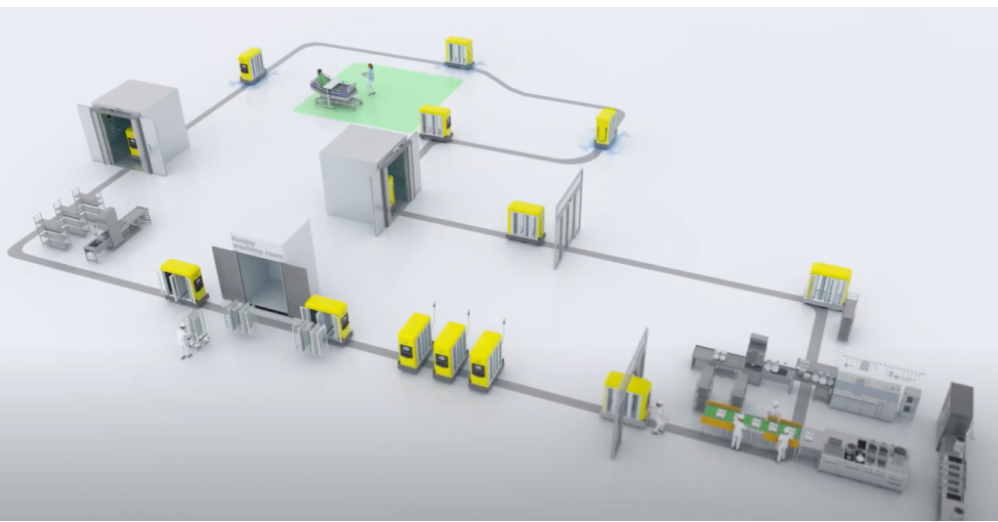
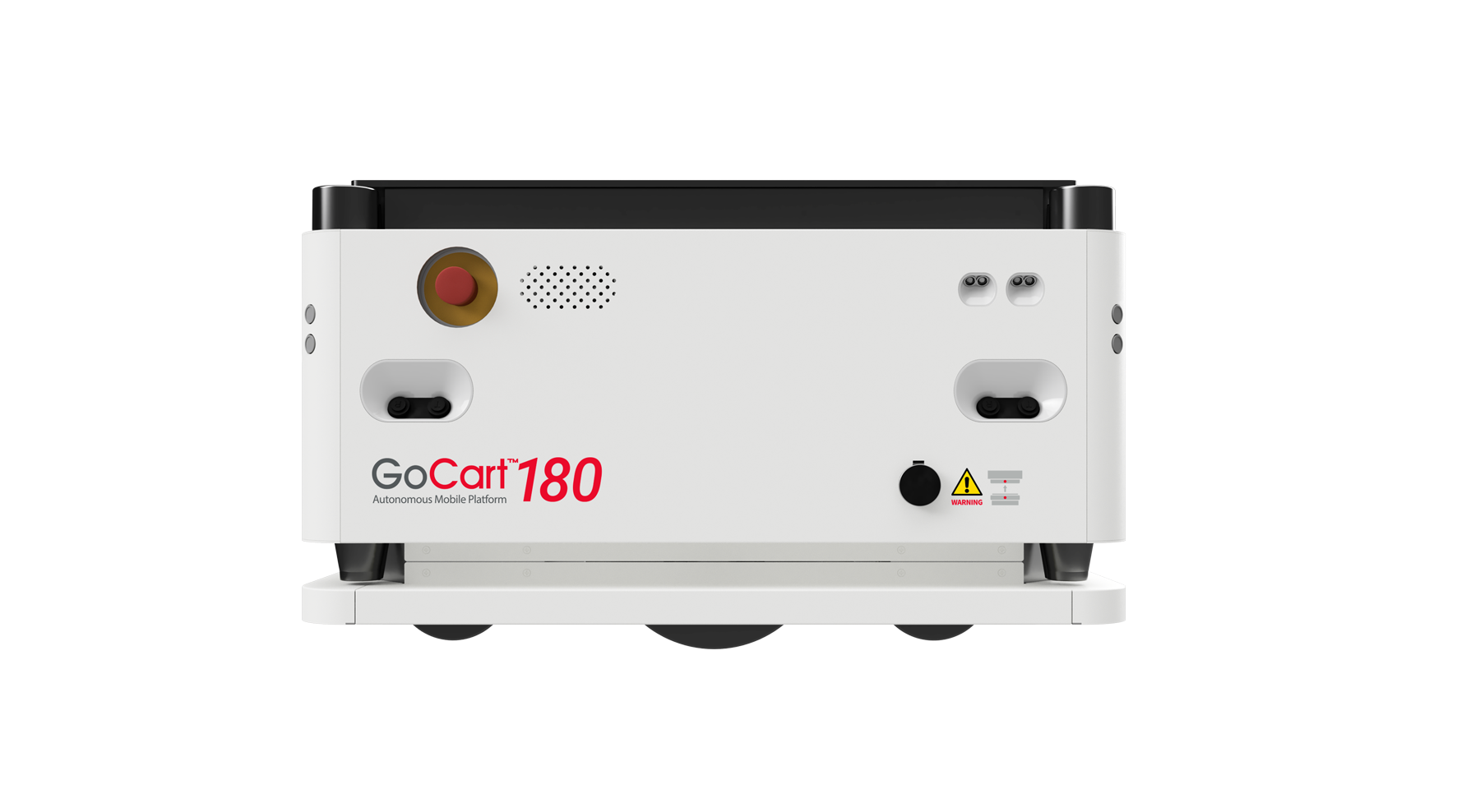
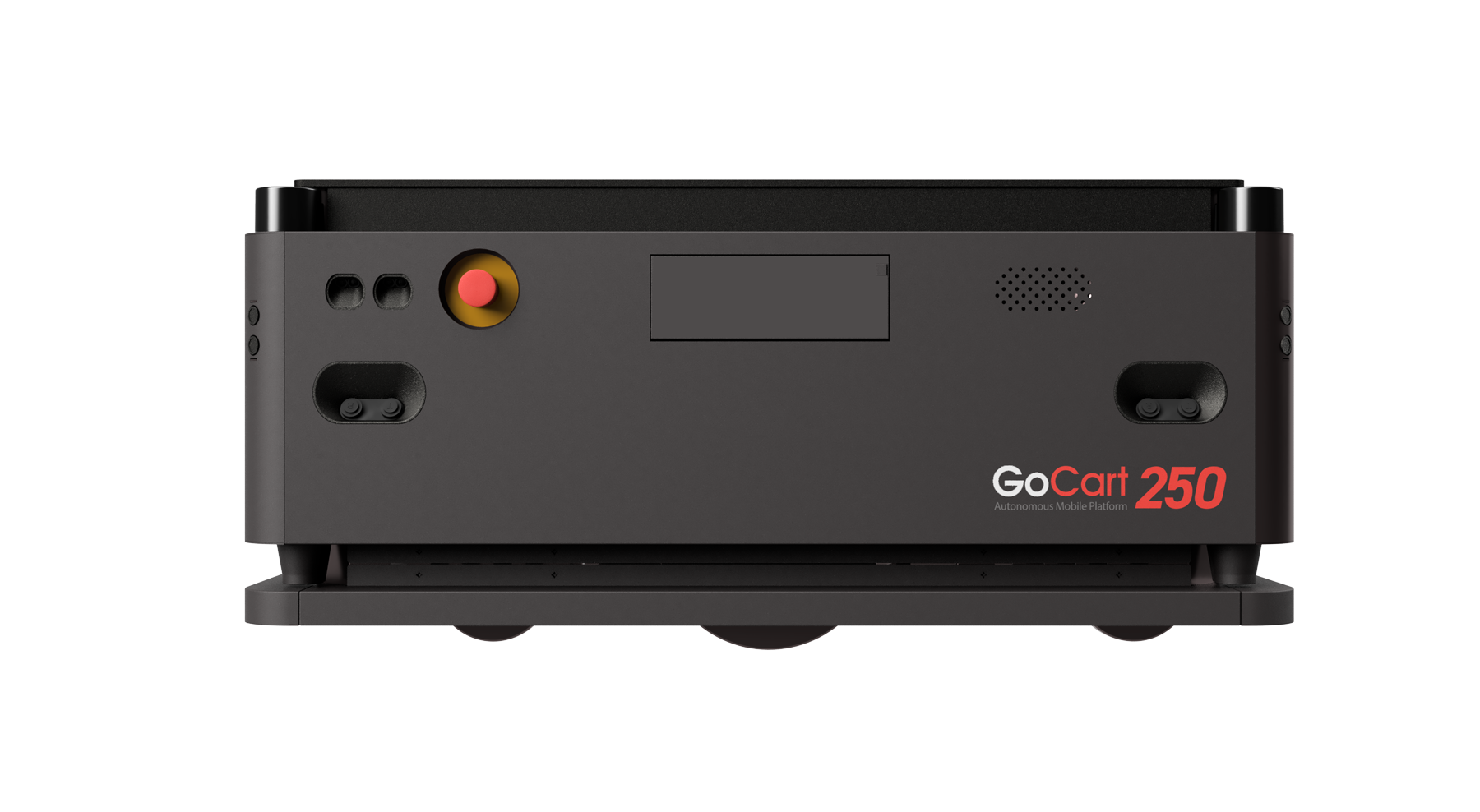
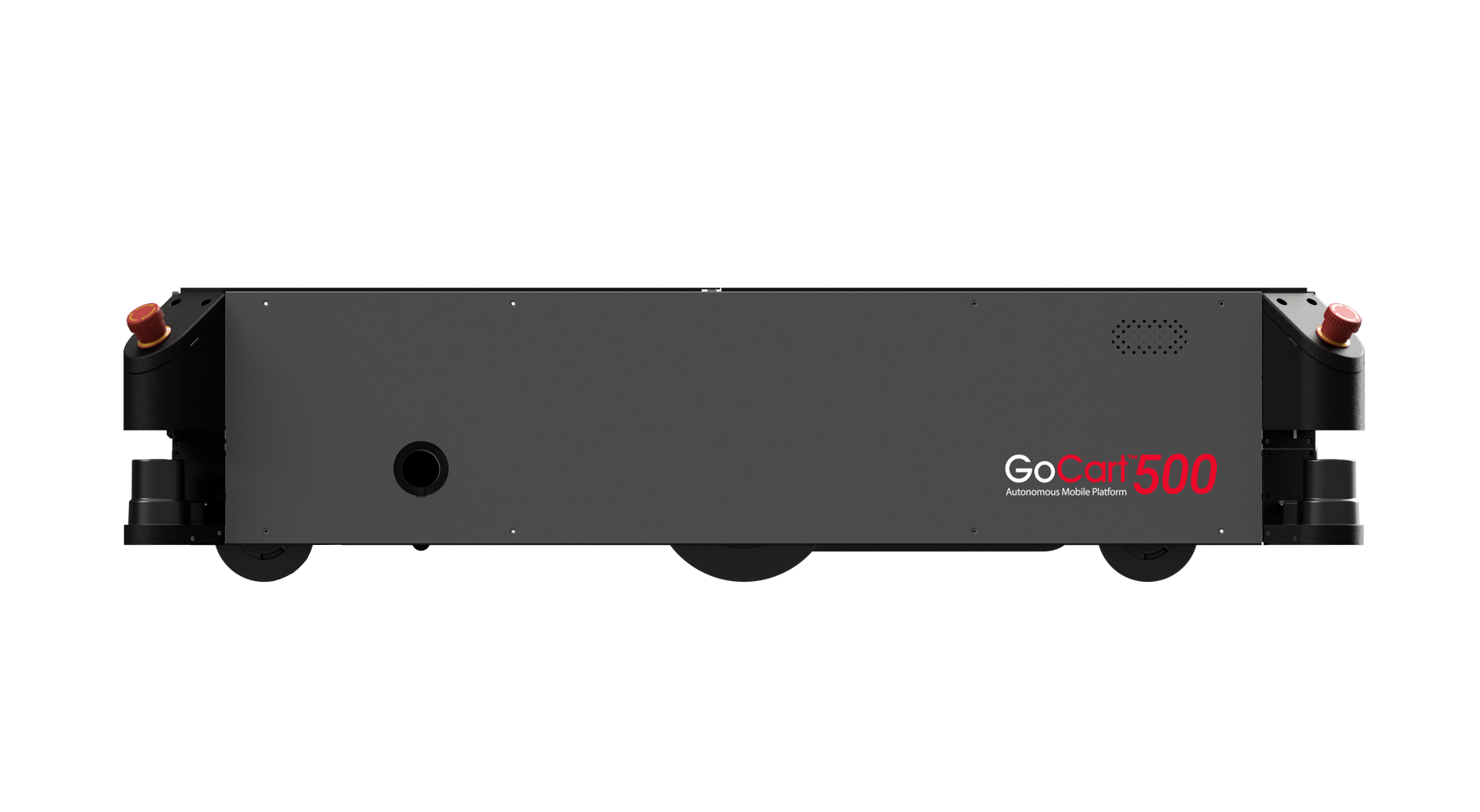
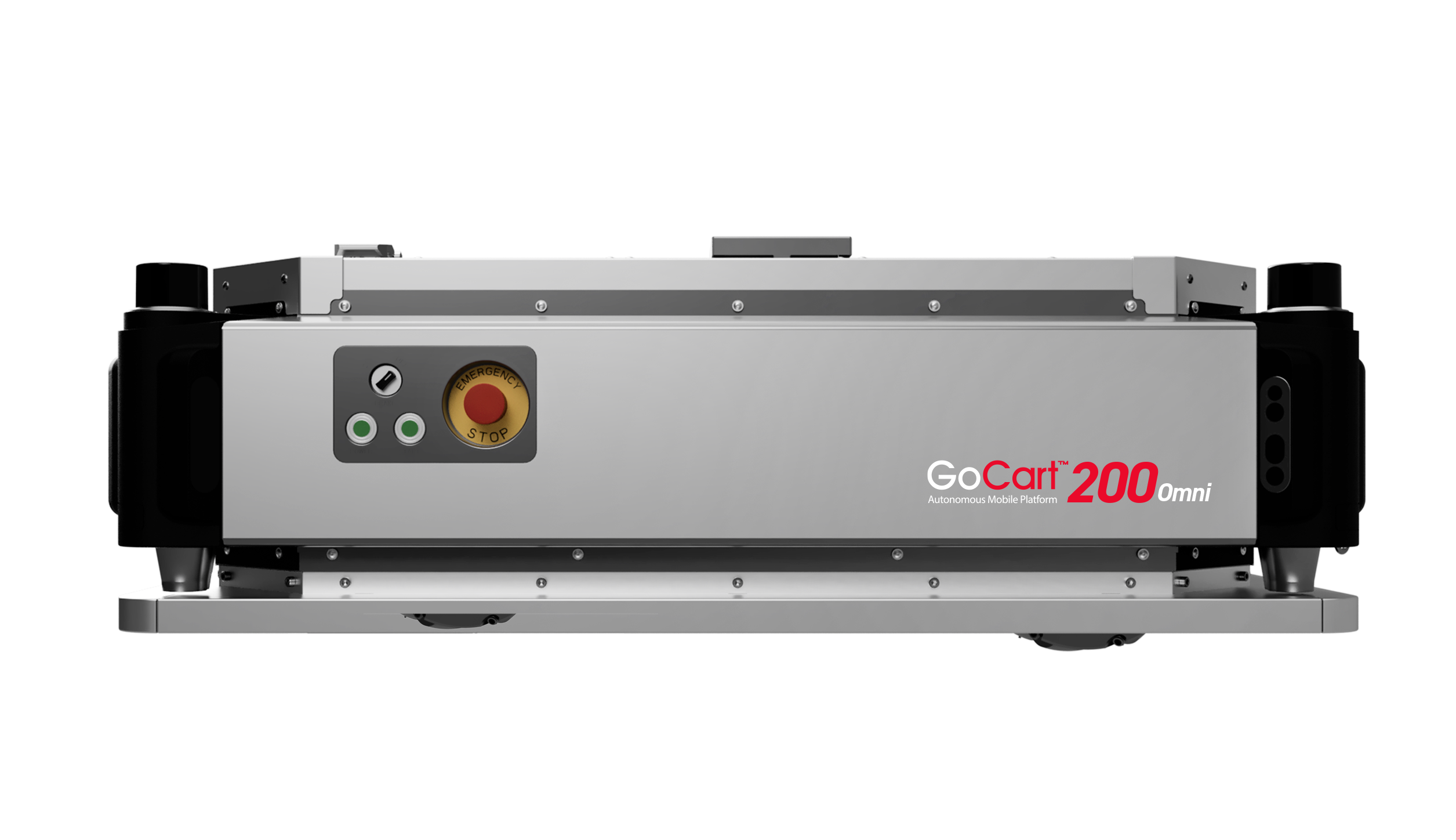

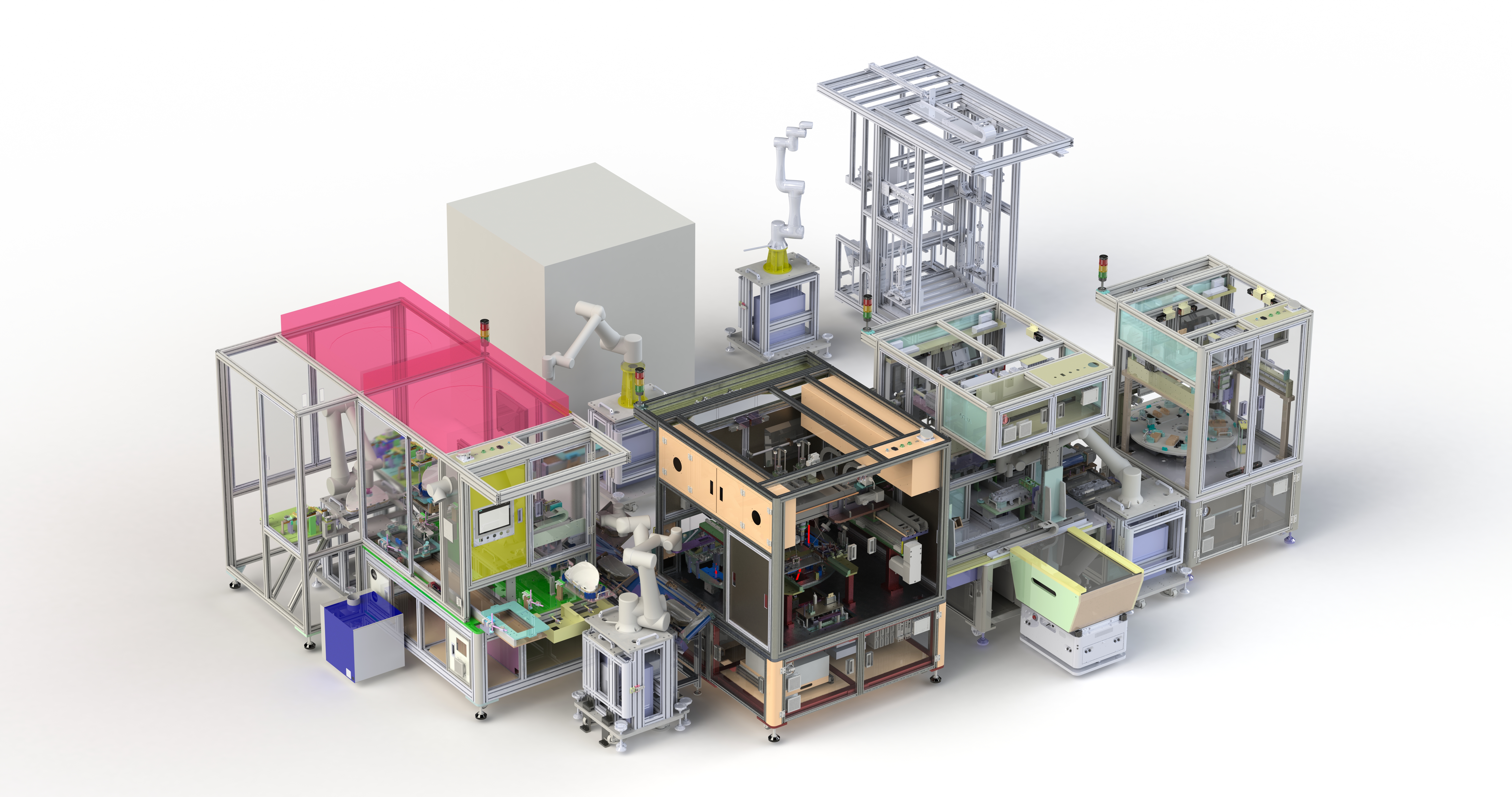


-1.jpg?width=996&height=319&name=1%20(1)-1.jpg)




